Long vs. Short Pit Stops During Endurance Races
With Ultra-OCR or multi-lap Obstacle Course Racing (OCR), you pass through a transition or pit area at the conclusion of each lap. For many races, the laps are around five miles on average, which means when you factor in all the obstacles and terrain, you’ve been out on the course at least an hour if you are moving fast, but more likely longer. With the clock ticking, should you speed through the pit and keep running? Or take your time to enjoy the break in racing?
Here’s a quick list of pros/cons of each to help you decide what to do during your race:
Time Cost: The first and most obvious cost about spending time in the pit is you are wasting time. Every second sitting in the pit is a second not moving forward on the course. So perhaps you shouldn’t stop at the pit at all? Well, there is a balance because having the right fuel and clothing are crucial for many Ultra-OCRs, whether it is cold gear for Spartan 24 hour Ultra-Beast, neoprene for World’s Toughest Mudder or a change of MudGear socks for extremely wet/muddy courses. You need some time in the pit to ensure you are ready to conquer the course. When it comes to clothing changes, your best bet is to get in, change and get out without additional wasted time, especially at cold events because…
Body Temperature: An often overlooked aspect of spending time in the pit is a drop in body temperature. When no longer moving you are no longer generating heat, making it harder to stay warm. Need proof? During your next winter run, stop for 1-5 minutes (the length of short pit stop for many), and see how you feel. I’ll get cold even when stopping for only 1-2 minutes to pee during a
winter time training run.
During my 48 hour Endure The Gauntlet, the temperatures were in the low 70s at night, but when I stopped to rest in the pit between laps taking much longer than what I normally do, I would get cold. This was a sharp contrast to minutes earlier when I would often feel like I was overheating as I climbed, crawled and jogged my way through the charity endurance event. The same held true for my OCR Everest event when I stopped moving (watch the 10 minute documentary here).
Need more examples from personal experience? You feel this every day when you wake up in the morning as you may feel colder upon waking than you do an hour later after moving around for a little while.
Rest: A benefit of spending time in the pit is you get to get off your feet for a little bit and rest. Getting some time off your feet can be a great break in the middle of a long race. However, with the pro of resting, the con comes as body starts tightening up, sometimes making it harder to get going again. Personally, my rule is if I’m going to change clothes, then I sit during the pit stop to rest; if I’m not changing clothes, there’s not really a reason for me to sit down/rest. So, I just continue to stand.
Watch the clip to see my typical, standing pit stop from World's Toughest Mudder. Begins at 21:55.
Fueling: Another benefit of being in the pit is the ability to eat and drink to keep your energy levels up. If you adopted the no pit stop approach, you would find your body crashing hard about 3 hours later as you depleted all stored glycogen and hit the proverbial “wall” marathoners are always talking about. By contrast, if you sit down and have a full meal. you are using a lot of time, your body is cooling down, and your body will push all the blood to your stomach to help with digestion. There needs to be a balance of high caloric food with good macronutrient content (I recommend fuel made of mostly carbohydrates and fat) that is easily digestible (i.e. liquid).
So what’s the solution? Here are two simple rules to help guide you.
Ultra-OCR season is here again. If you want some more great tips to help you prepare, pick up a copy of the only book focused on endurance OCR “The Ultra-OCR Bible” now available in both hard copy and digital.
Plus, be sure to pick up a copy on the mental side of ultra-endurance regardless of your sport in the book “On Endurance”. If you want more examples of how these tips played out for me in real life as I did things like 7 days of OCR marathons in a row and 24 hours of OCR treadmill running check out the
book “Ultra-OCR Man: From Special Forces Soldier to Record Setting OCR Athlete” (now available in hard copy, digital and audiobook).

 Evan “Ultra-OCR Man” Perperis is a professional obstacle course racer for the MudGear-Battle of the Lions Pro Team. With over 65 overall podiums and counting, he is best known for his annual ultra-endurance events that often last multiple days to raise money for the charity Folds of Honor. You can read about these events and his military service in his biography “Ultra-OCR Man: From Special Forces Soldier to Record Setting Pro OCR Athlete” (available in hard copy, digital and audiobook). A NSCA-CPT he also has an additional five books on training and preparing for Obstacle Course Racing.
Evan “Ultra-OCR Man” Perperis is a professional obstacle course racer for the MudGear-Battle of the Lions Pro Team. With over 65 overall podiums and counting, he is best known for his annual ultra-endurance events that often last multiple days to raise money for the charity Folds of Honor. You can read about these events and his military service in his biography “Ultra-OCR Man: From Special Forces Soldier to Record Setting Pro OCR Athlete” (available in hard copy, digital and audiobook). A NSCA-CPT he also has an additional five books on training and preparing for Obstacle Course Racing. 


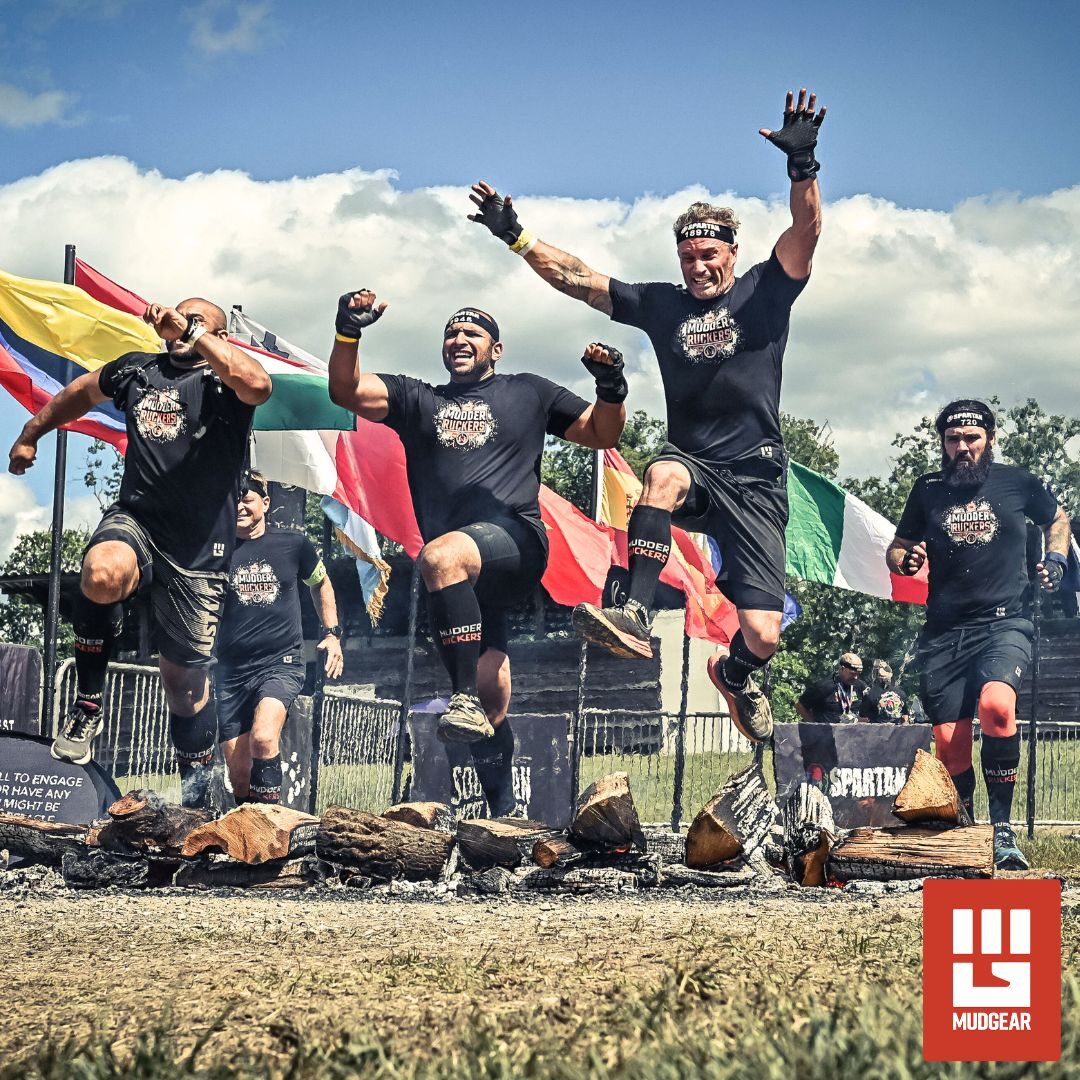
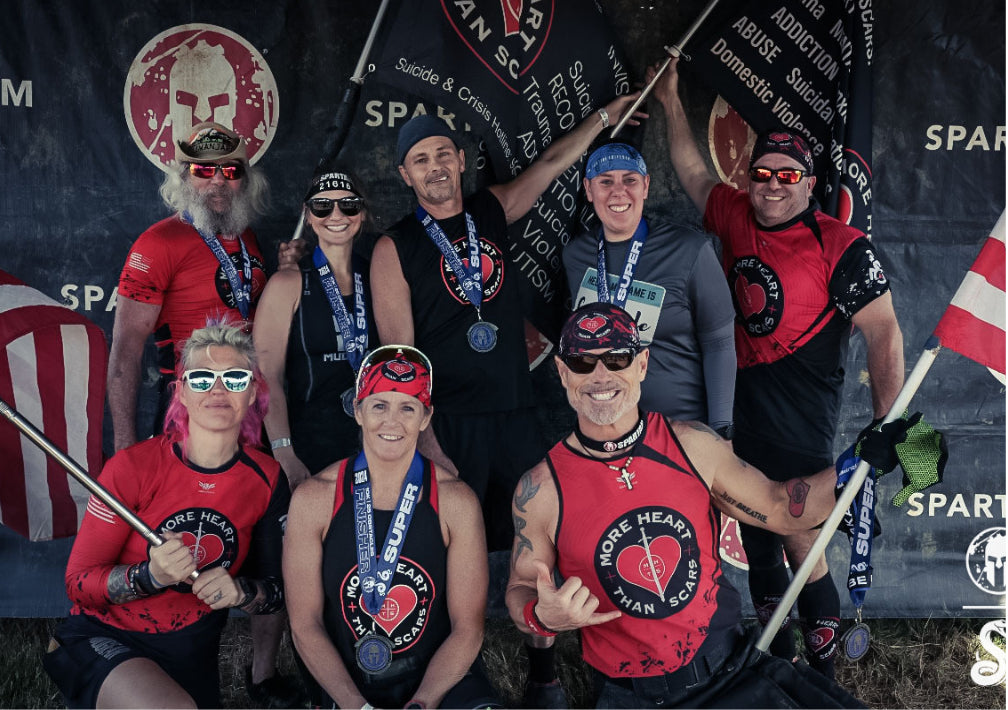
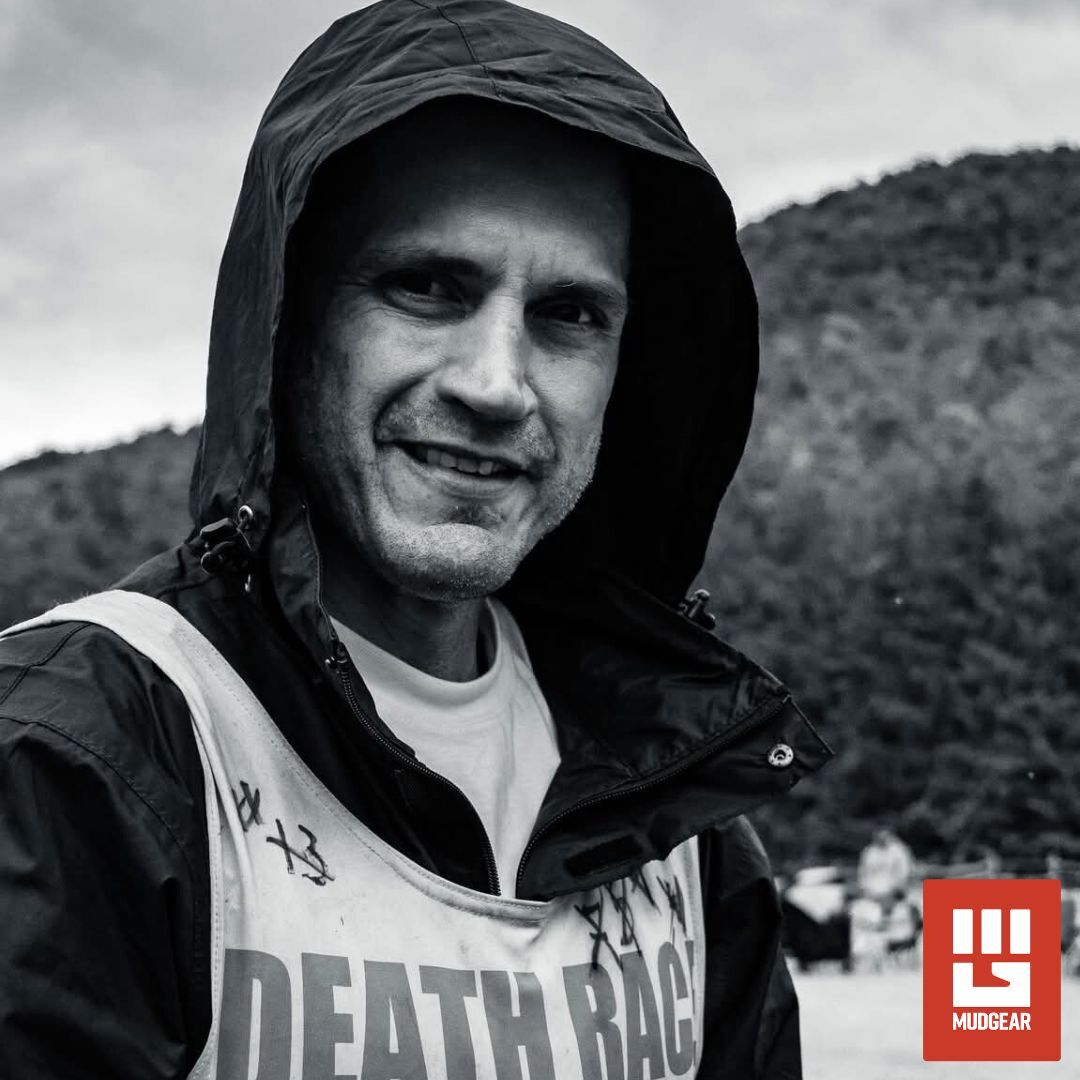
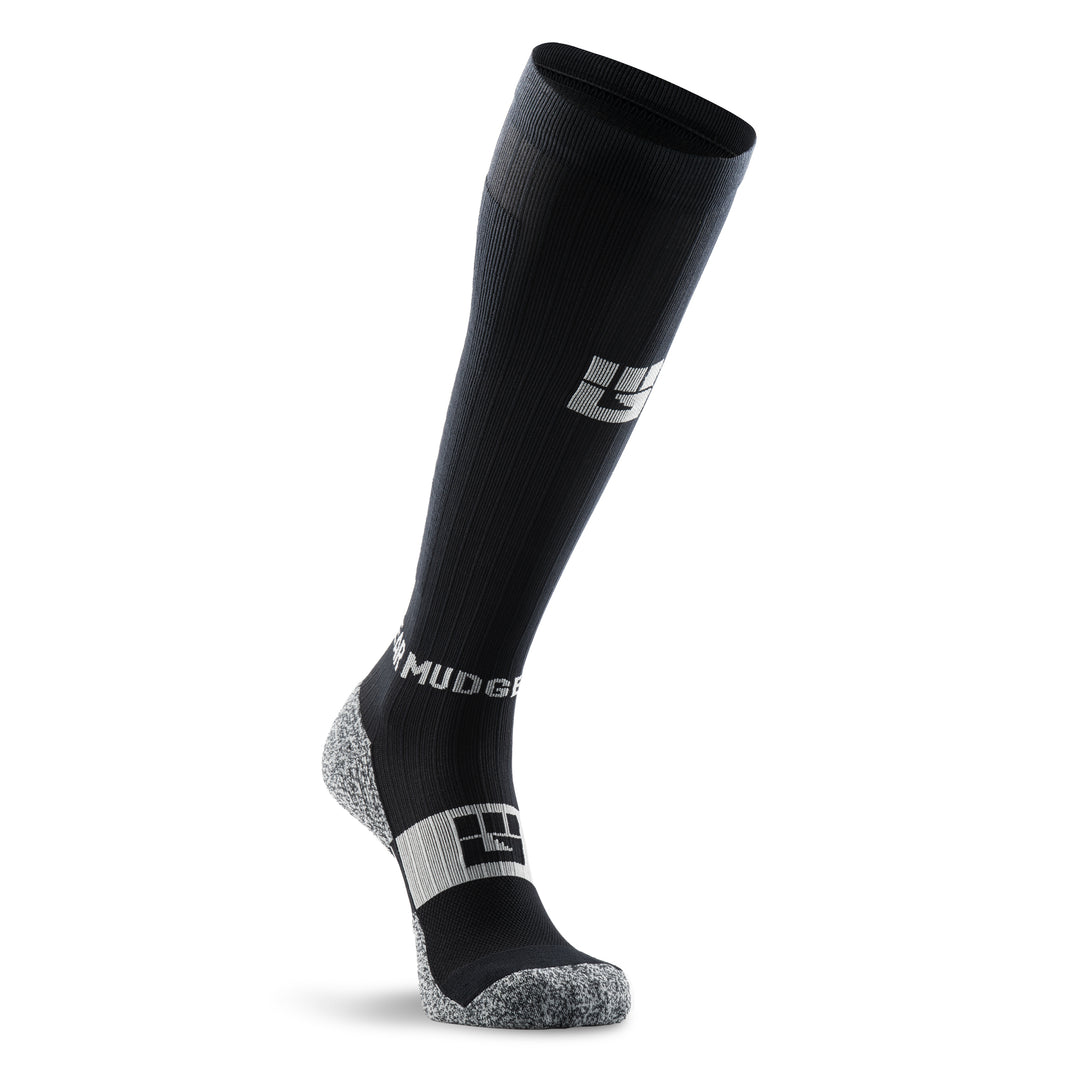
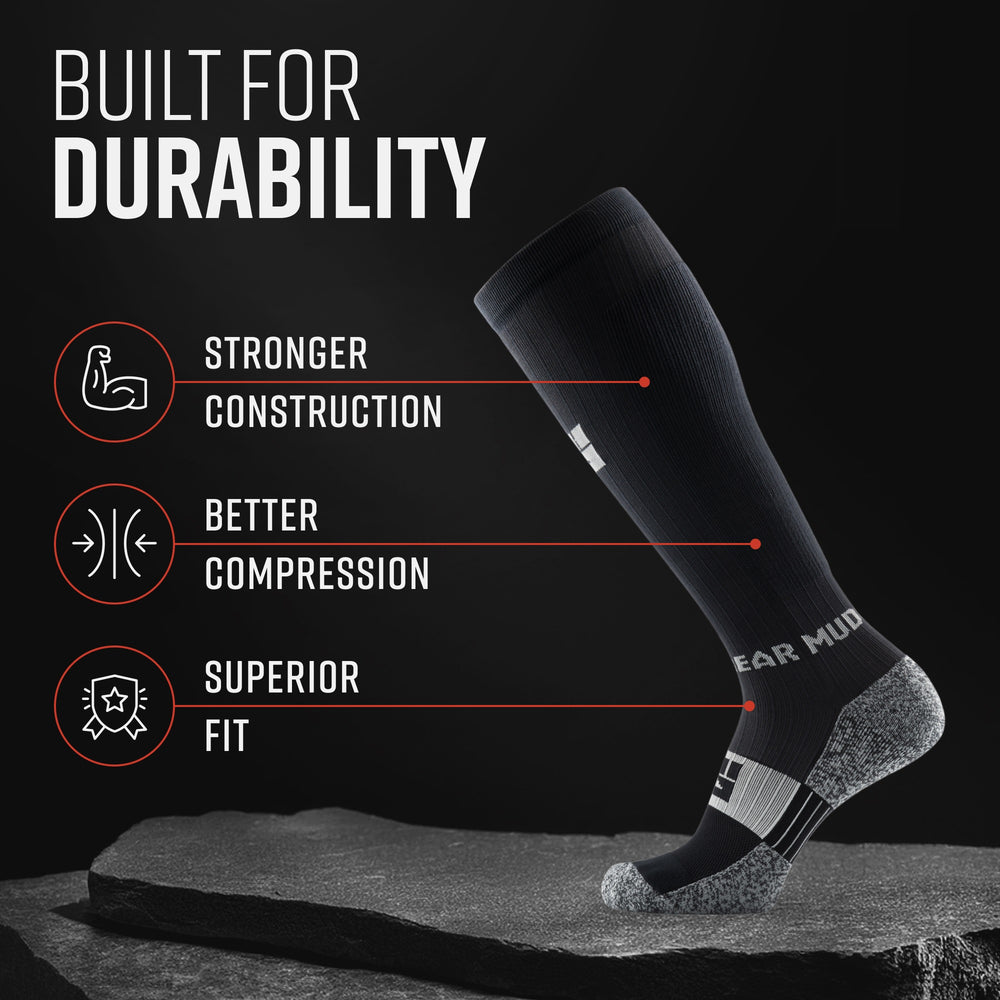
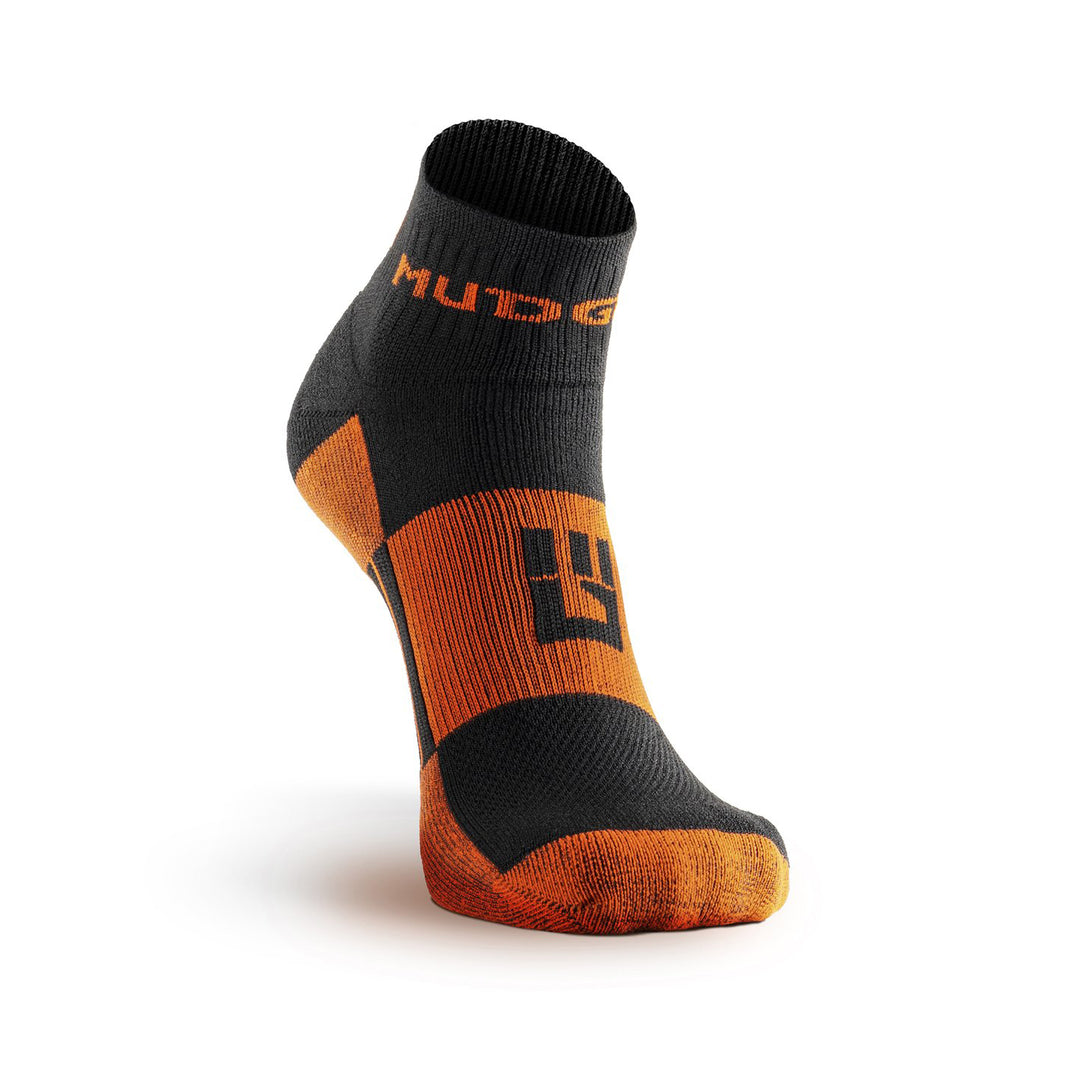
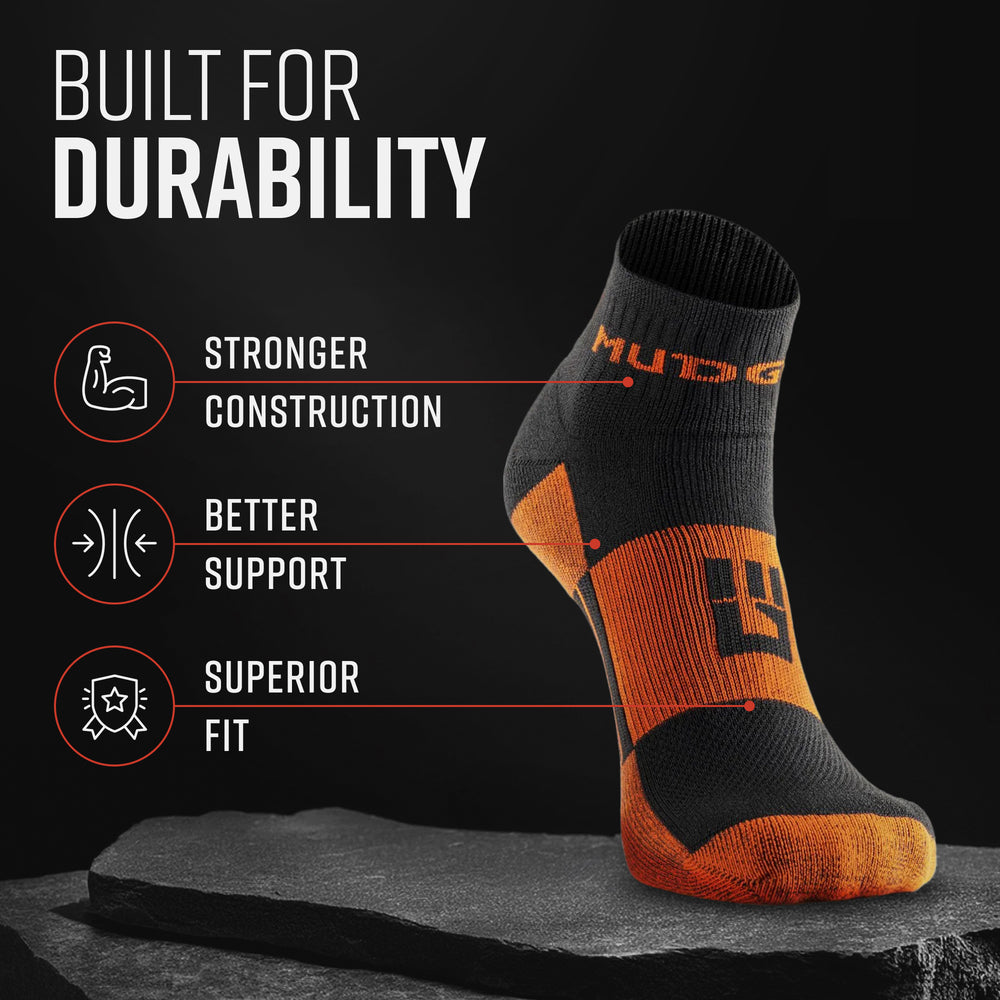
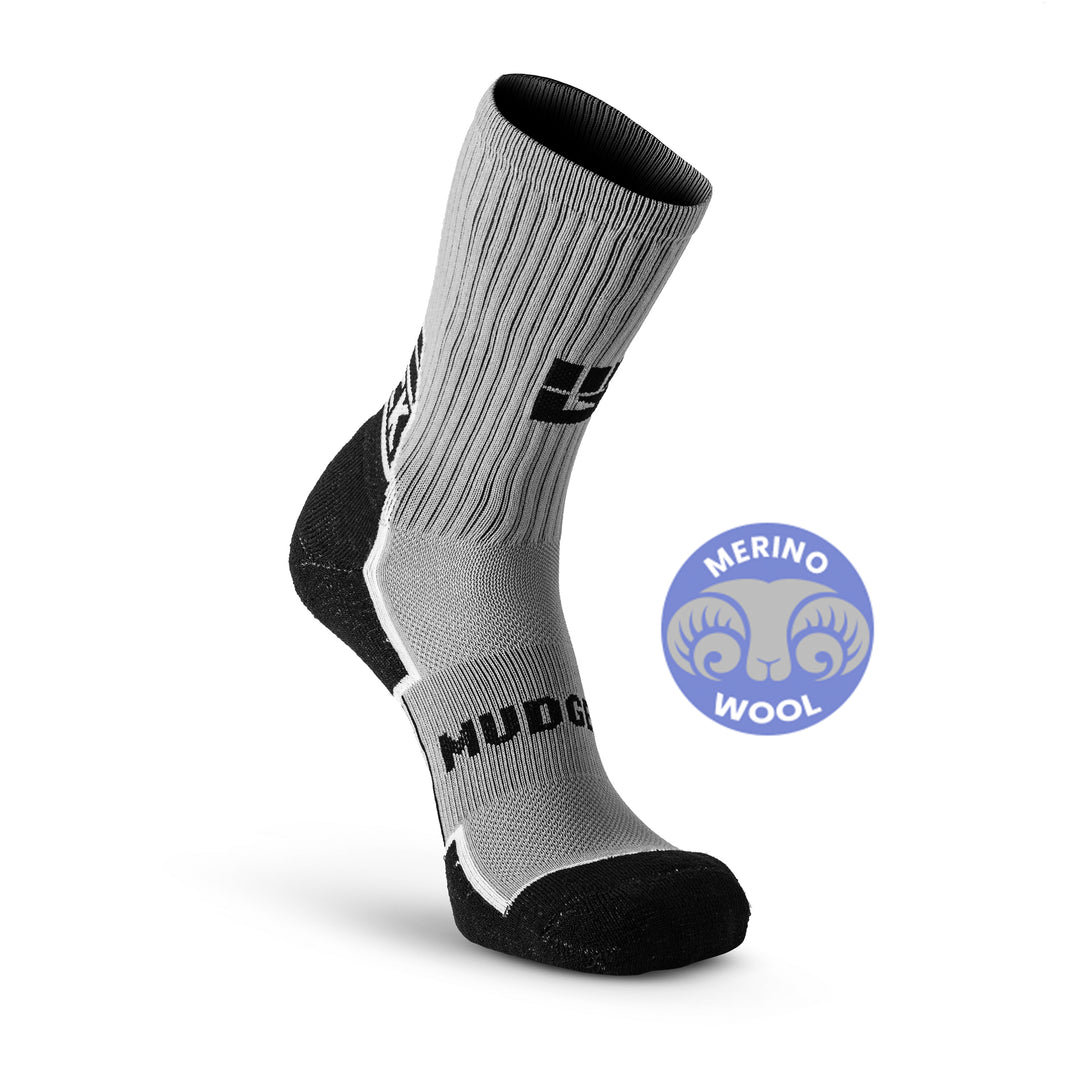
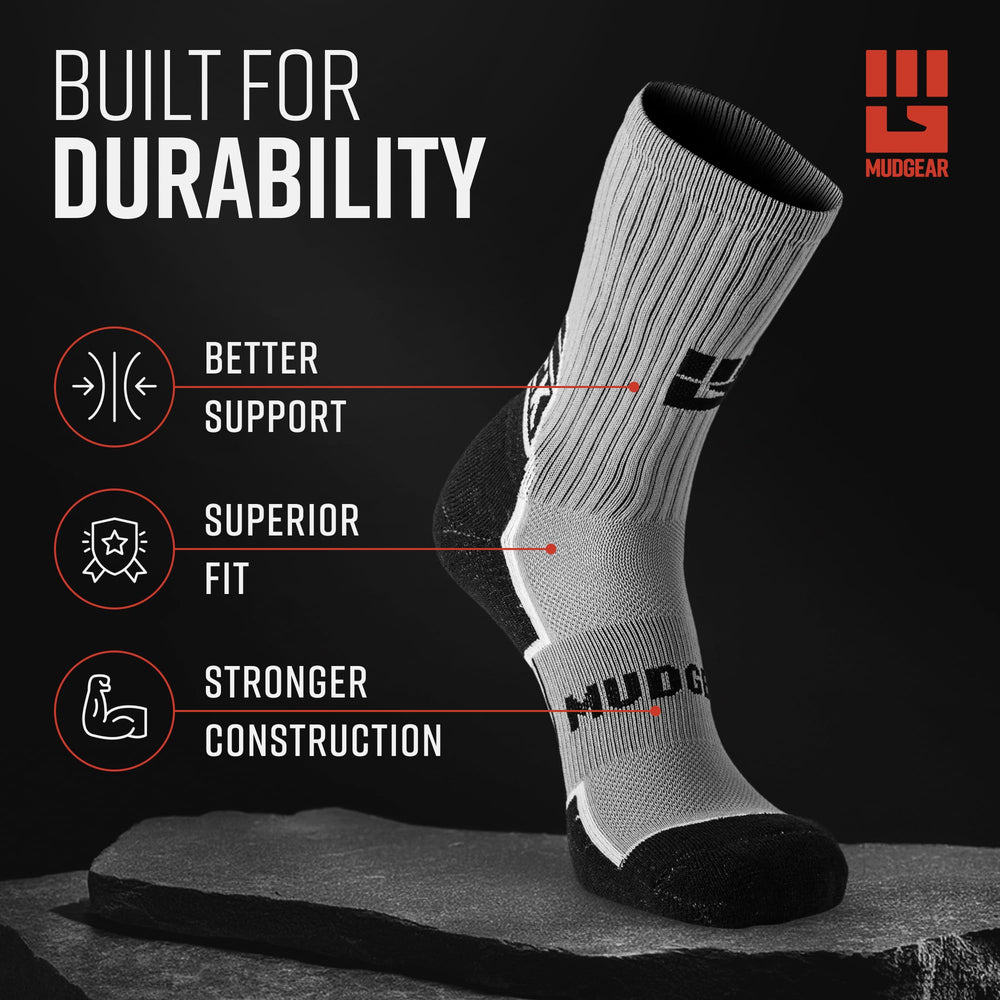
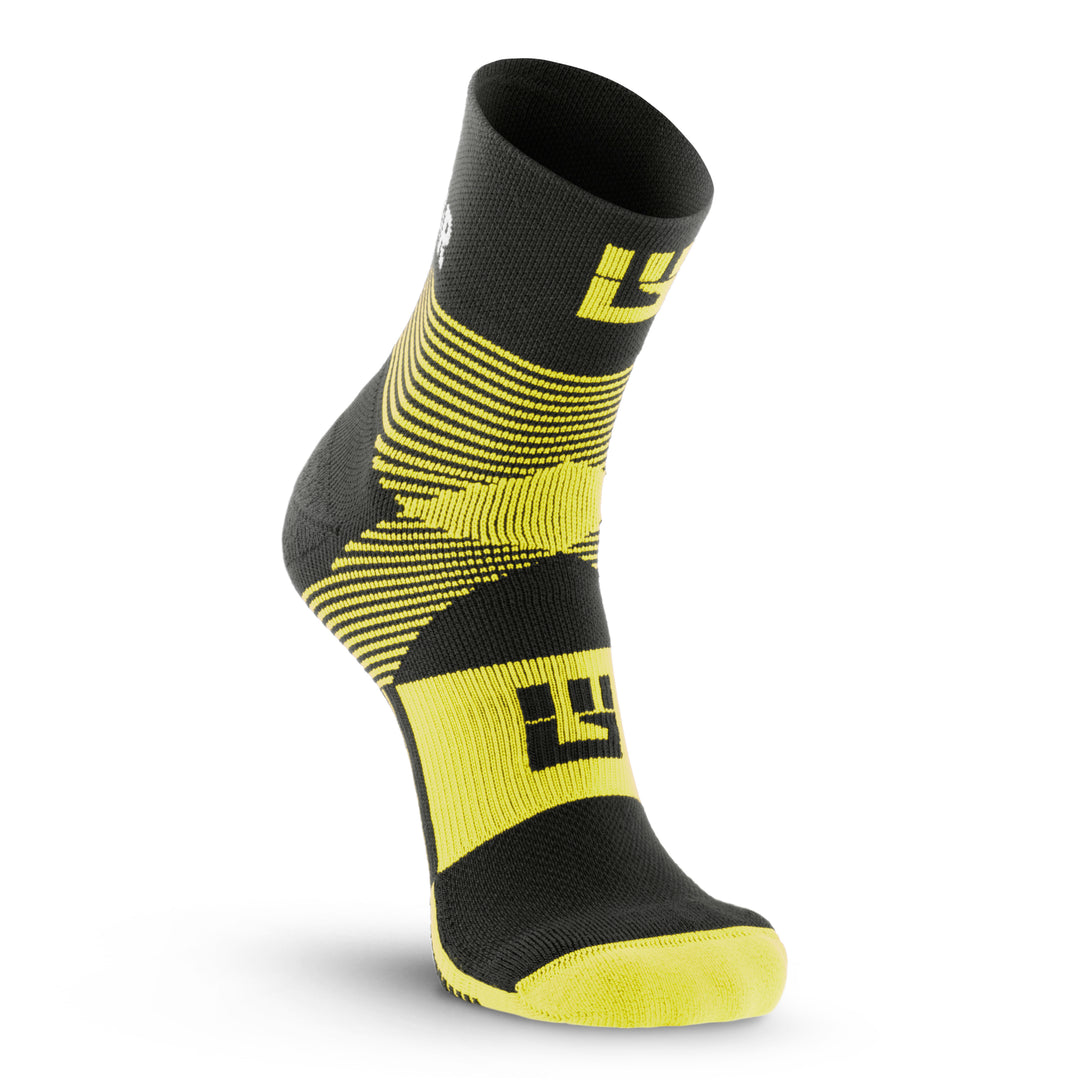
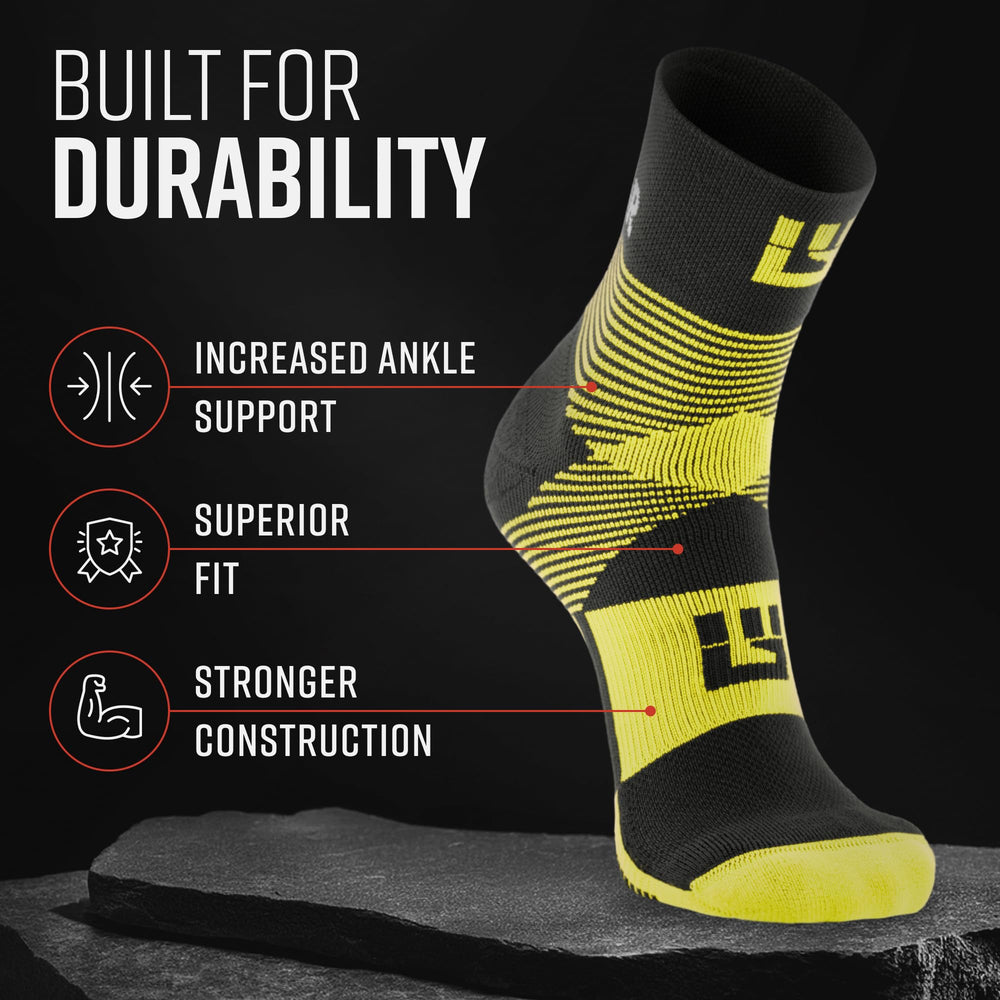

Leave a comment